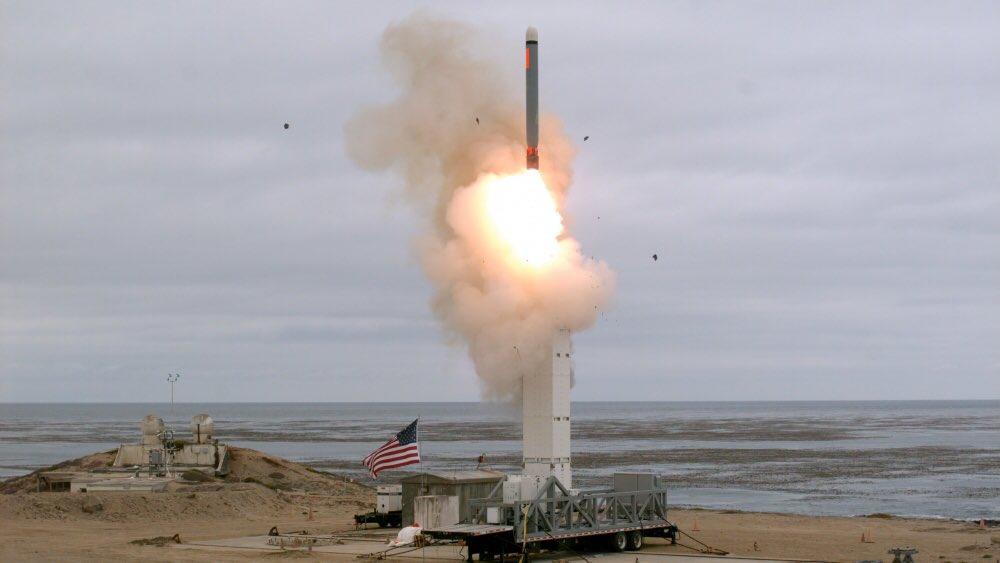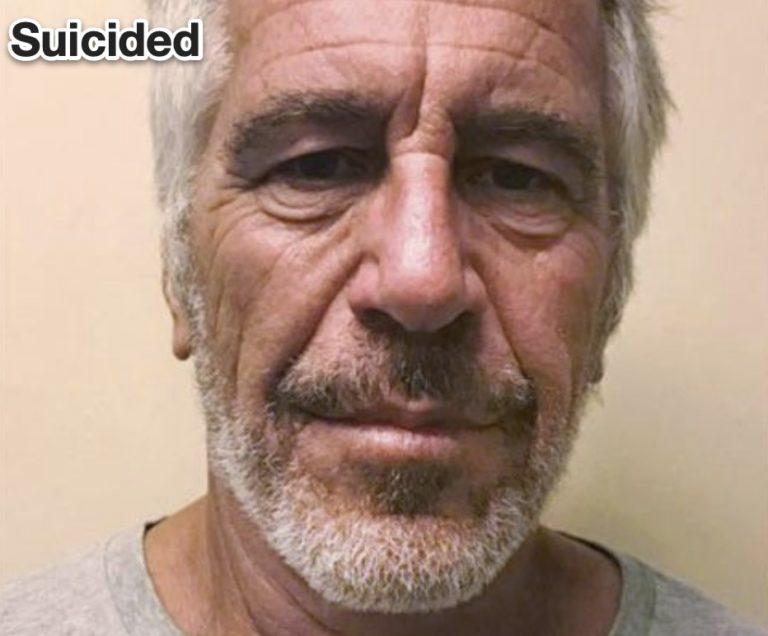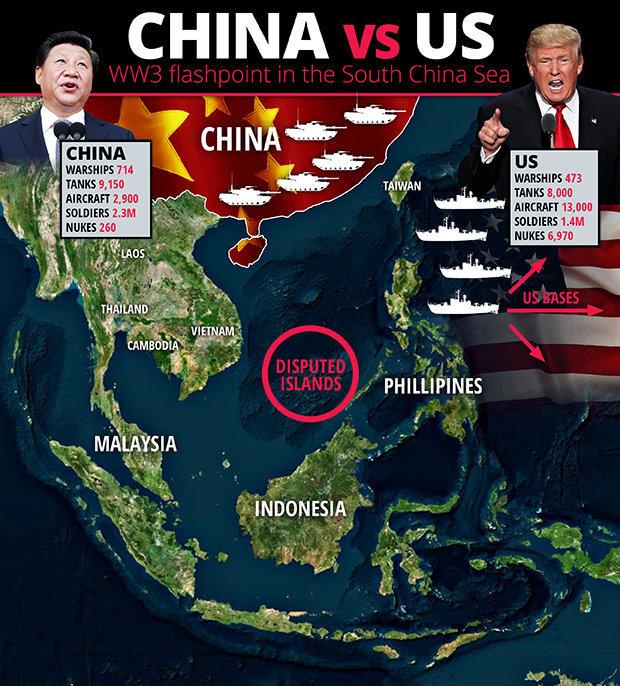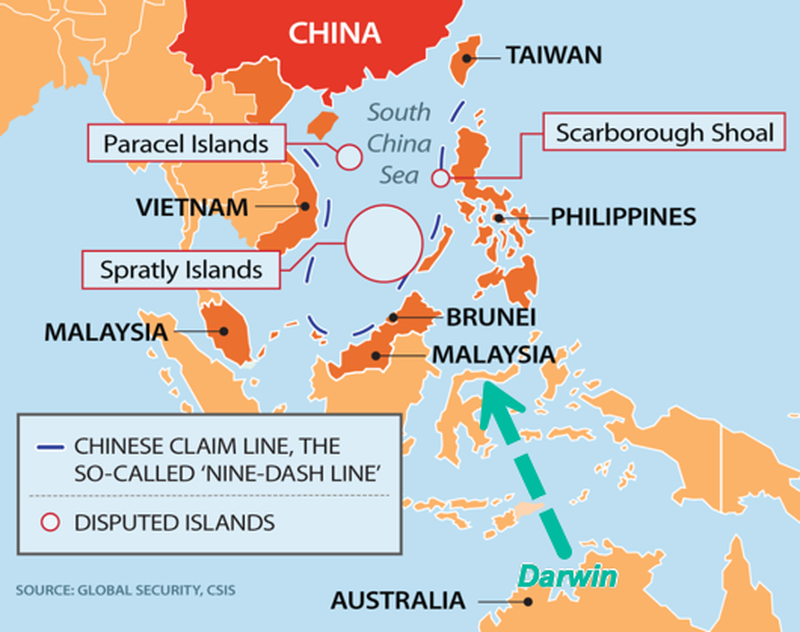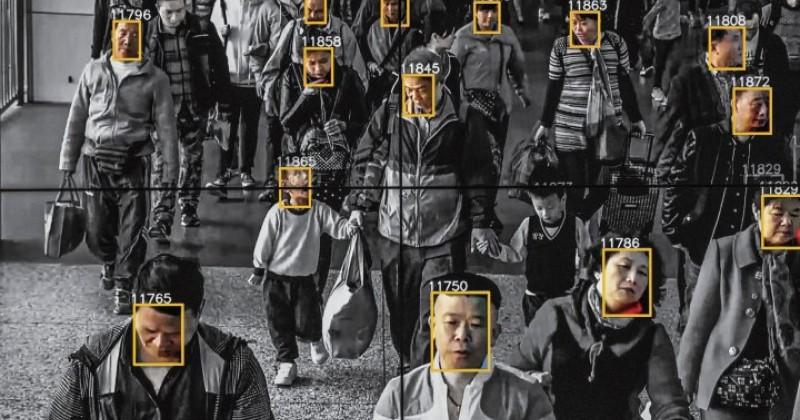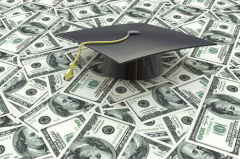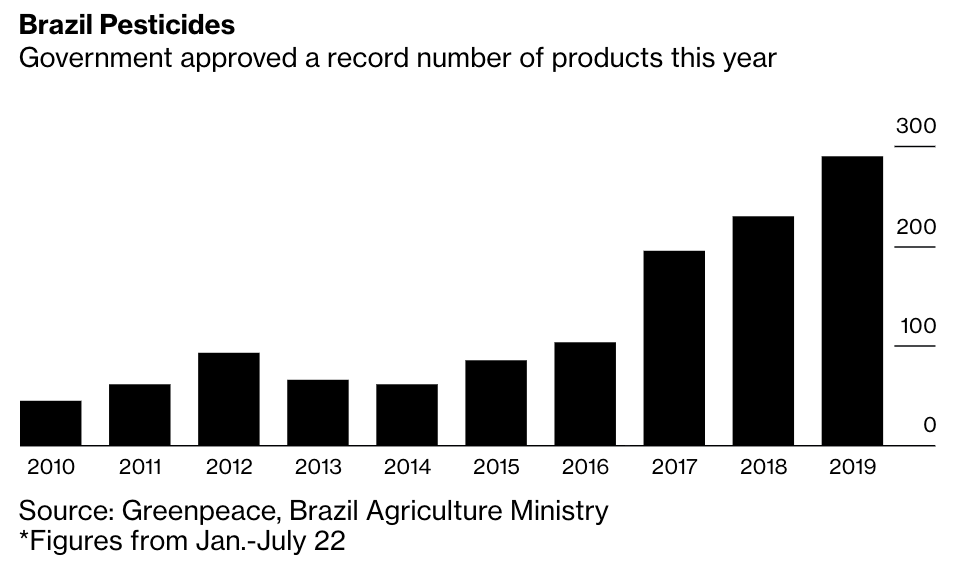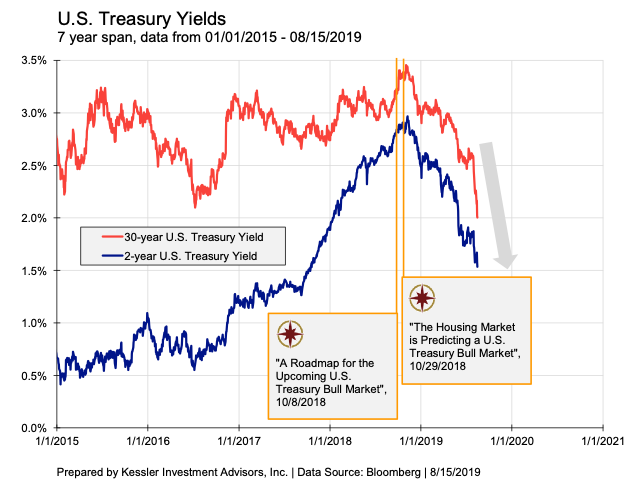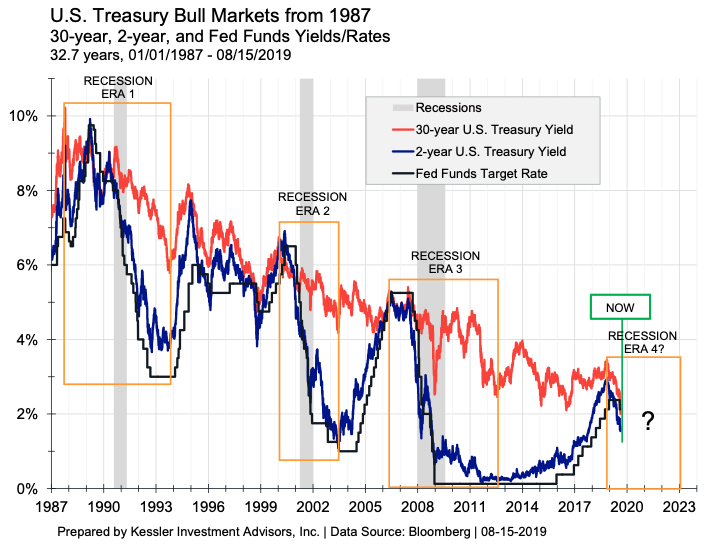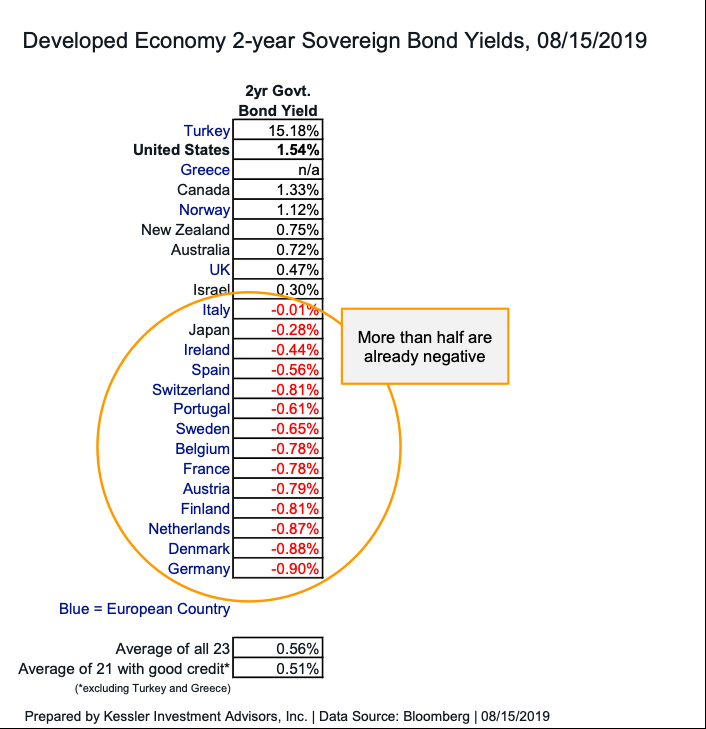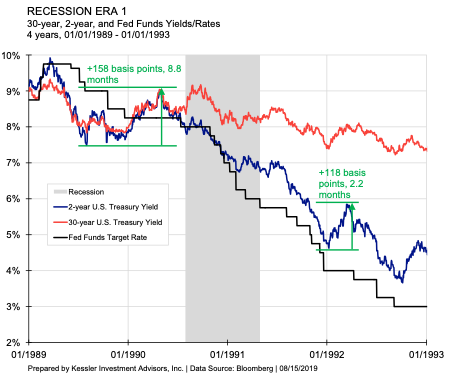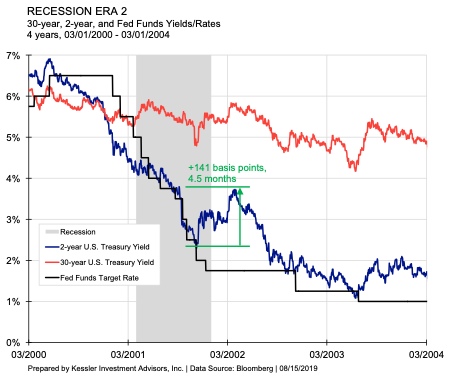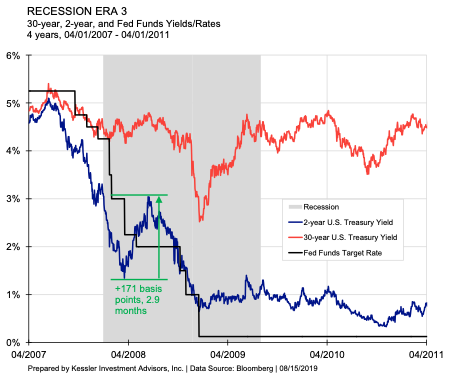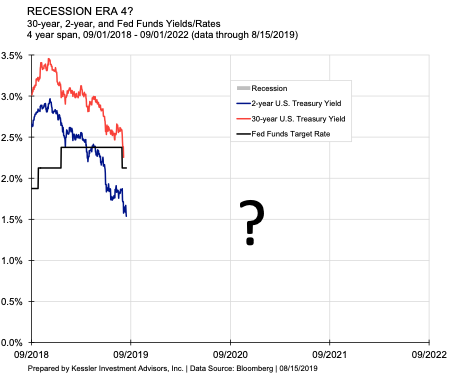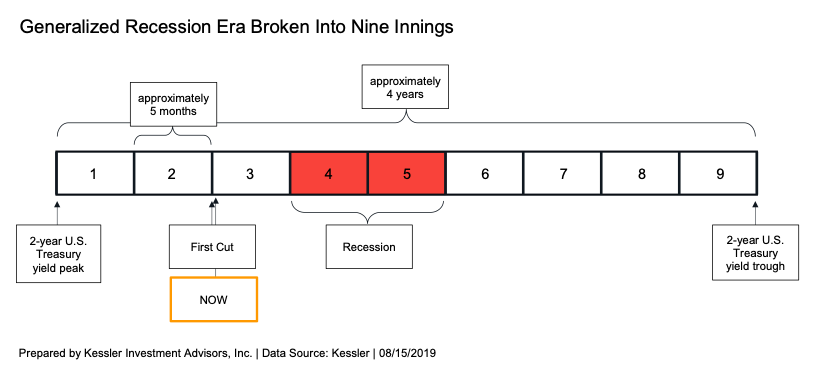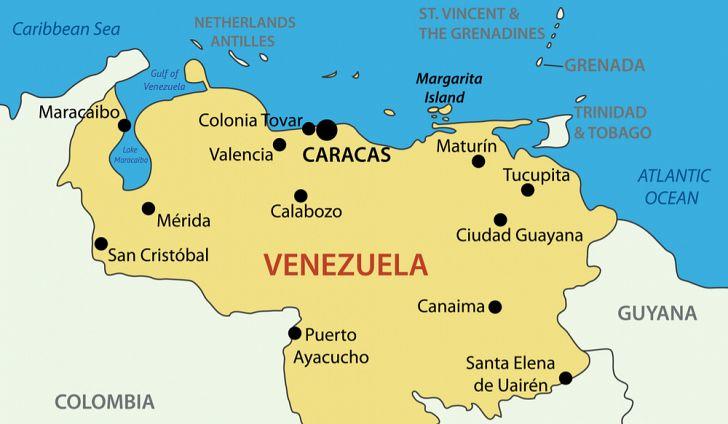Authored by Gordon Chang via The Gatestone Institute,
-
The People’s Republic of China, nonetheless, is already an AI powerhouse, and for America to maintain its edge – and to prevent U.S. tech from being used for exceedingly disturbing purposes – Washington should force U.S. companies to end cooperative AI projects in China.
-
The West should be seriously concerned: whoever wins at AI will both dominate the global economy and field the most destructive conventional military force.
-
Unfortunately, American companies are helping China’s leaders in what many call – correctly – crimes against humanity. For instance, AI researchers from Microsoft, Rensselaer Polytechnic Institute, and Michigan State University gave keynote speeches at the Chinese Conference on Biometric Recognition in Xinjiang in August of last year on facial recognition, a social-control technology.
-
Some of Google’s research is in China. The company has three AI operations there: the Google AI China Center in Beijing, established in 2017, and partnerships with China’s two premier educational institutions, Peking University and Tsinghua University… If the labs remain open, the net flow of AI learning will be out of the U.S. into China.
-
Moreover, Chinese researchers, if they could not work for American companies in China, would not, as Vox suggests, necessarily find employment in their homeland. Some of those seeking research slots would follow other Chinese to the United States, and that would exacerbate one of Beijing’s big AI vulnerabilities. “China’s Path to AI Domination Has a Problem: Brain Drain,” is the title of an August 7 article posted by the MIT Technology Review. The U.S. can make that crucial problem even more severe.
China, writes Amy Webb in Inc., has been “building a global artificial intelligence empire, and seeding the tech ecosystem of the future.” It has been particularly successful, Webb, the founder of the Future Today Institute, believes. “China is poised to become its undisputed global leader, and that will affect every business,” she notes.
Not everyone shares Webb’s assessment that Chinese researchers are in the lead. America, after all, is home to most leading AI tech. The People’s Republic of China, nonetheless, is already an AI powerhouse, and for America to maintain its edge—and to prevent U.S. tech from being used for exceedingly disturbing purposes, Washington should force U.S. companies to end cooperative AI projects in China.
Chinese artificial intelligence. We need to ask what would happen if the world’s most dangerous regime were to dominate the world’s most powerful technology. Photo: Getty Images.
Artificial intelligence permits machines to mimic human functions such as driving vehicles, recognizing spoken words, and playing games of skill like chess and Go.
Especially Go, the Chinese game of strategy. If China had an “AI Sputnik moment,” it occurred in March 2016 when AlphaGo, developed by Alphabet Inc.’s DeepMind, took four out of five games from an 18-time champion in a challenge match in Seoul.
By the following year, Beijing was pouring even more money into AI research. Beijing in 2017 supplemented the AI component of its Made in China 2025 initiative with its “Next Generation Artificial Intelligence Development Plan, a three-part effort to lead global AI by 2030. Furthermore, Beijing made sure its determination to dominate the field was shared across society. Business chieftains and policy analysts in China are much more focused on AI than those in the West, surveys show.
The nationwide effort, Webb tells us, paid off. China, for instance, now publishes more AI machine learning papers than the United States.
The West should be seriously concerned: whoever wins at AI will both dominate the global economy and field the most destructive conventional military force. To borrow a phrase, we are witnessing the “Rise of the Machines.”
What if those “machines” are Chinese? We need to ask what would happen if the world’s most dangerous regime were to dominate the world’s most powerful technology.
We are getting a hint what will occur in what Beijing calls the Xinjiang Uygur Autonomous Region. There, facial recognition systems, powered by AI, are helping China’s leaders to continually track inhabitants.
In Xinjiang, Beijing is relentlessly eliminating cultural and religious identity and implementing race-based policies reminiscent of those of the Third Reich. For example, more than a million inhabitants are being held in concentration-camp-like facilities for no reason other than their Uighur or Kazak ethnicity or their adherence to Islam.
Unfortunately, American companies are helping China’s leaders in what many call—correctly—crimes against humanity. For instance, AI researchers from Microsoft, Rensselaer Polytechnic Institute, and Michigan State University gave keynote speeches at the Chinese Conference on Biometric Recognition in Xinjiang in August of last year on facial recognition, a social-control technology.
China is on the AI map in part because Beijing has been given a boost by U.S. companies sharing technology. Leaders in the field are both Alphabet and its Google unit. Alphabet is a major player in part due to its acquisition of DeepMind. Google also conducts extensive AI research.
Some of Google’s research is in China. The company has three AI operations there: the Google AI China Center in Beijing, established in 2017, and partnerships with China’s two premier educational institutions, Peking University and Tsinghua University.
Peter Thiel, the Silicon Valley investor, has in recent weeks severely criticized the search giant. “I think it is unprecedented in the last 100 years, or ever, that a major U.S. company refused to work with the U.S. military and has worked with our geopolitical rival,” he said on Fox News Channel’s “Sunday Morning Futures” on August 11th.
Google has in various statements denied charges like the ones Thiel has been making, but its contentions, although technically true, appear disingenuous.
First, the company has said it works with the Pentagon, but it is nonetheless not renewing its Project Maven contract, an AI project analyzing drone footage.
Second, Google denies working with the Chinese military, but as Thiel, a PayPal cofounder, points out, its “civilian” projects are actually military in disguise. “It’s not like the U.S., where you have different companies and different people and you have a government sector and a private sector and these things don’t always coordinate or work together,” Thiel said on Fox. “In China, these things are still tightly coordinated across the board.”
In the China of Xi Jinping, the aggressive ruler, “civil-military fusion” means nominally civilian research is pipelined into the Chinese military.
Thiel is right about the essential nature of China’s one-party state. The Communist Party, to which the People’s Liberation Army reports, has, in reality, near-absolute power over society, especially over something as important as scientific and technical research. Companies such as Google have to know about the military’s access to its AI research in China.
Not everyone is concerned about China’s militarization of research. “You’re not going to be able to stop or slow down Chinese AI progress by stopping these labs,” Jeffrey Ding of Oxford’s Center for the Governance of AI, told Vox, the popular American-based news site, while referring to foreign AI research facilities. “Either we try to get the best and brightest, or they have other options,” he said.
“If we rather someone work for Microsoft than the Chinese military,” Vox, asked, “why take away the option of working for Microsoft?”
Ding and Vox highlight an important aspect of the AI race. The competition, as a practical matter, is one for brainpower: people. As futurist George Gilder has noted, “The most precious resource in the world economy is human genius.” Axios reports that most of America’s best AI researchers have come from other countries.
“What has given the US its AI advantage has been, in significant part, the fact that the US attracts AI talent from all over the world,” Vox writes.
“While America is a much smaller country than China, it’s drawing on what is effectively a much larger talent pool, including attracting many top Chinese researchers.”
Chinese researchers, if they could not work for American companies in China, would not, as Vox suggests, necessarily find employment in their homeland. Some of those seeking research slots would follow other Chinese to the United States, and that would exacerbate one of Beijing’s big AI vulnerabilities. “China’s Path to AI Domination Has a Problem: Brain Drain,” is the title of an August 7 article posted by the MIT Technology Review. The U.S. can make that crucial problem even more severe.
Despite benefits of conducting AI research in China, the weight of evidence argues for closing American AI operations in that country. These labs leak out U.S. learning, and despite what Webb writes, it appears the United States is still ahead in cutting-edge AI. If the labs remain open, the net flow of AI learning will be out of the U.S. into China.
Although much AI research today is open-source—meaning it does not matter where researchers are based—it is becoming clear that in coming years AI work will not be published in open forums. That should put a premium on attracting the best talent to one’s own country.
Of course, there is no question that closing American facilities in China will inhibit, in some fashion, American AI work, but that loss is not nearly as great as the benefits of walling off China. Moreover, we cannot ignore the moral considerations of helping a militant, racist state.
It is the race of the century, and the U.S. urgently needs to improve the odds. It is time, therefore, for President Trump, by emergency order, to close the AI projects of American companies in the People’s Republic of China.
via ZeroHedge News https://ift.tt/2TVA3U5 Tyler Durden

